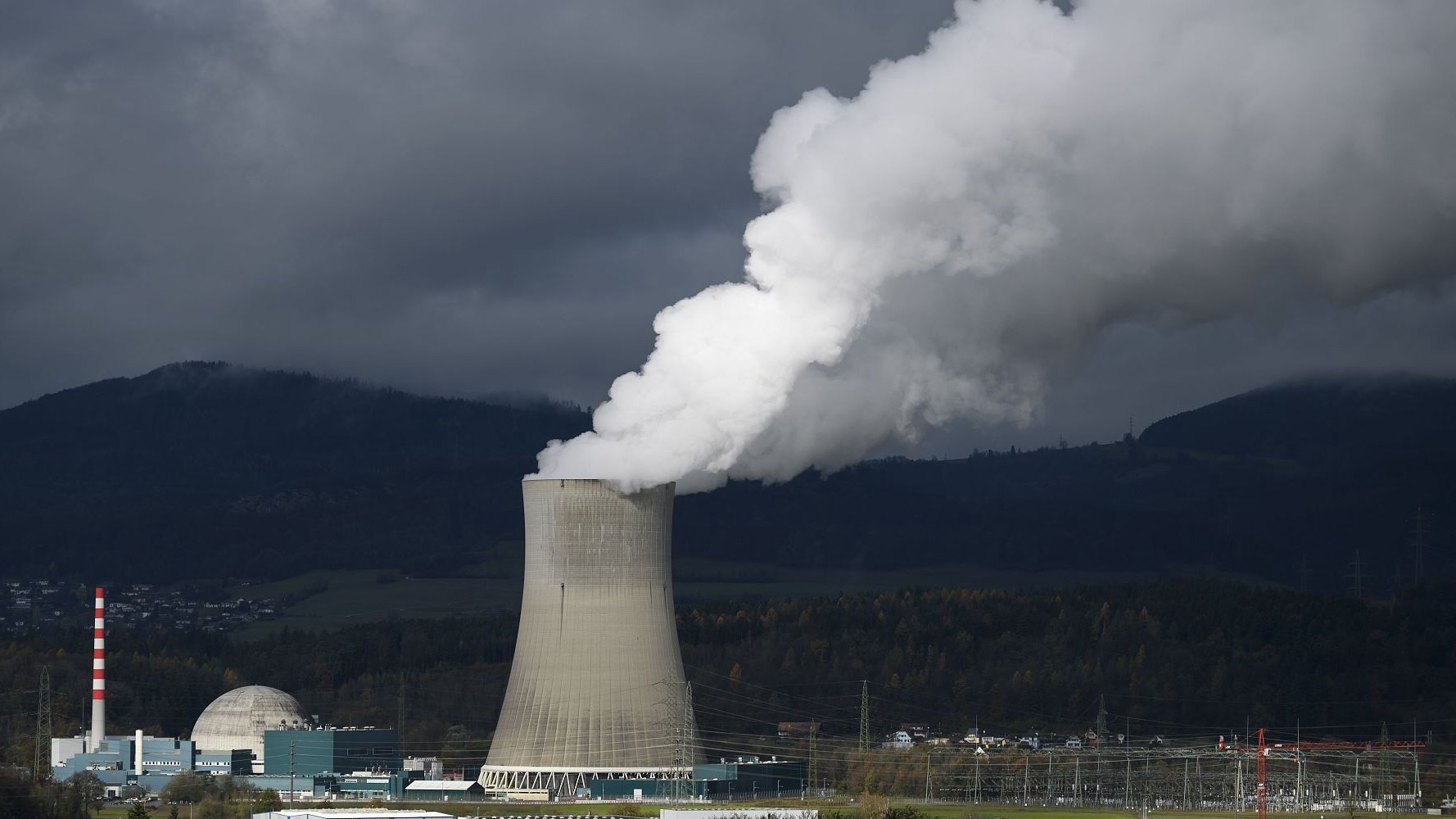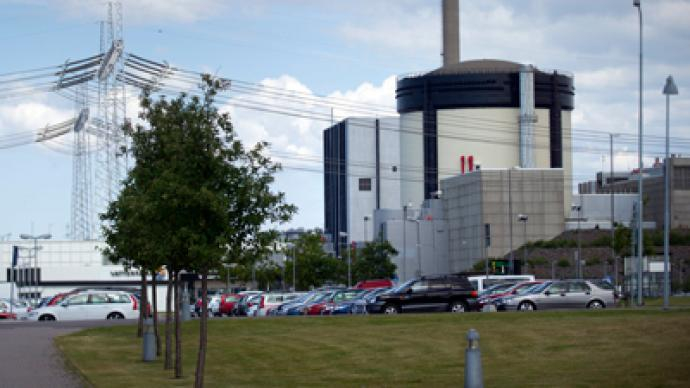
World
11:57, 21-Aug-2018
Sweden calls for nuclear reactors to be shielded from hot weather
Updated
10:59, 24-Aug-2018
CGTN

High temperatures have prompted Sweden's nuclear energy regulator SSM to ask plant operators to produce plans in the coming months to shield their reactors from harmful hot weather, its director told Reuters on Monday.
This after a number of Swedish reactors were forced to shut down or reduce output as the summer heatwave sent temperatures to record highs in July, with the seawater that is used to cool them becoming much warmer than normal, exceeding safety levels.
The last time that SSM, the Swedish radiation safety authority, asked operators to produce plans to modify their reactors was after Japan’s Fukushima disaster in 2011. The cost of those changes, which are due by 2020, was in the hundreds of millions of euros.
“We really have to take into consideration what happened this summer. We have asked them orally to come with suggestions. Of course, there will be a cost. I do not know how much at this stage,” said SSM chief Mats Persson.
The cost of post-Fukushima modifications to Swedish nuclear plants reached as much as 100 million euros (114 million US dollars) per reactor, Persson said.

Sweden's Ringhals atomic power station. /AFP Photo
Sweden's Ringhals atomic power station. /AFP Photo
Persson said the regulator had asked Vattenfall (VATN.UL) and Uniper subsidiary OKG to consider how they could shield their Swedish reactors and notify SSM in the autumn to enable it to decide on the best options.
“I hope we will have results by the end of this year. It is important that we don’t come to the same situation again,” he said.
Vattenfall, which operates seven reactors in Sweden, shut a 900 megawatt (MW) unit - one of the four located at its Ringhals plant - in July as water temperatures rose above 25 degrees Celsius.
The company’s second plant at Forsmark consists of three BWRs, and Vattenfall had to reduce output by 30-40 megawatt per reactor as the sea water in the area climbed to more than 23 degrees Celsius.
Sweden’s biggest reactor - the 1.4 GW Oskarshamn 3 - was not affected and should be less vulnerable to very hot summers because of the depth from which it takes its sea water, a spokesman for operator OKG has said.
Source(s): Reuters

SITEMAP
Copyright © 2018 CGTN. Beijing ICP prepared NO.16065310-3
Copyright © 2018 CGTN. Beijing ICP prepared NO.16065310-3